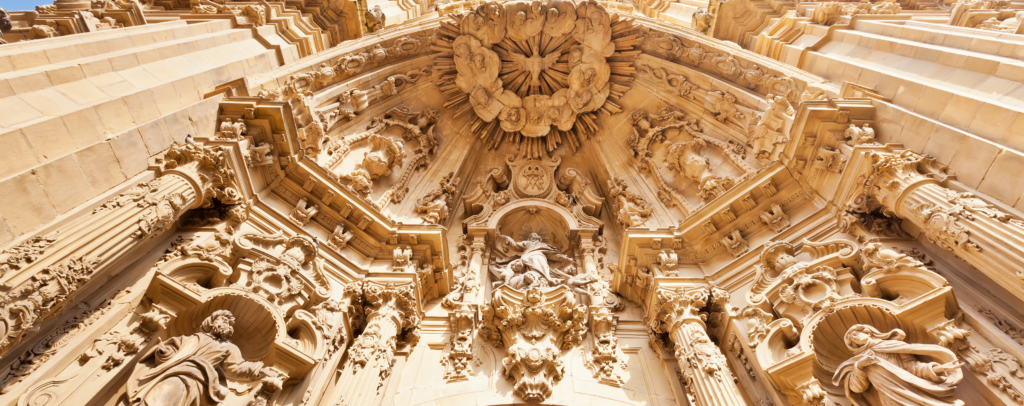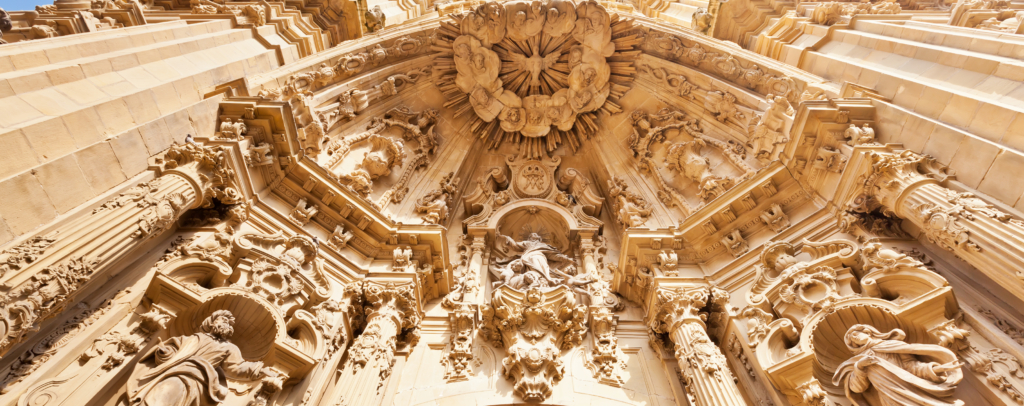
Iconic cities such as London, Paris, and Rome have long inspired travelers, poets, artists, and just about everyone! Widely known for their sensory delights and allure, these European capitals feature on almost every traveler’s itinerary. And that’s why they can get overwhelmingly crowded, particularly during the holiday season.
We invite you to venture slightly off the beaten path and uncover lesser-known treasures that will captivate your heart. After all, there’s so much more to Europe – scenic natural beauty, picturesque towns, legendary cuisines, stunning architecture, exquisite art, lively festivals, and more. Discover the best cities (and towns) to visit in Europe and immerse yourself in authentic, enriching experiences.
Amboise, Loire Valley, France

An extraordinary destination worth exploring when you visit France is Amboise, in the Loire Valley. The erstwhile home of French royalty, this straight-out-of-a-fairytale town is renowned for its castles, markets, lively squares, timber-framed buildings and a surprising connection with the most famous Renaissance personality, Leonardo da Vinci.
The Château Royal d’Amboise enthralls with its grandiose architecture, splendid gardens and views of the river Loire. Le Clos Lucé is a small castle and the last residence of da Vinci. Its gardens, converted into a mini-amusement park, highlight his contributions to science and art through lifesize recreations of his inventions. Amboise still retains its medieval feel and has charming restaurants and cafes where you can sample the local delicacies and fine wines.
If you want a more exclusive experience, you can explore family-owned castles and chateaus in the Loire Valley region where you will be served sumptuous home-cooked lunch by the owners. If you prefer to be part of a small selective group, a group tour will take you around the chateaus in the lively company of fellow travelers.
Madeira, Portugal

A stunning Portuguese getaway, Madeira Island is located in the Atlantic Ocean, between Portugal and Morocco. Floating on an endless blue ocean, Madeira experiences an unending spring and attracts travelers all year round. Green hills, dramatic cliffs, and crashing waterfalls form the backdrop of this beautiful island dotted by terracotta-roofed villages.
Madeira’s wild inland covered in colorful blooms is a haven for nature lovers while plenty of outdoor activities are a big draw for adventure seekers. Pristine black sand beaches, cascading rivers, and Porto Moniz’s natural pools are ideal for cooling off. Madeira’s capital city, Funchal is close to Europe’s highest skywalk at Cabo Girão, where you can get fantastic views of the coastline. It is also the hometown of soccer star Cristiano Ronaldo!
Madeira is home to many wineries that offer elaborate tasting sessions paired with some of the best seafood in the world. Fish charcuterie boards, Gambas Ao Alho (garlic prawns), and Bruxas (mini lobsters) are among the highlights of the incredible seafood scene here. Madeirans love a celebration, so no matter what time of year you visit, you are very likely to find yourself in the midst of a party in one of the most beautiful cities in Europe.
York, United Kingdom

Halfway between London and Edinburgh, York is a fascinating destination for travelers interested in exploring England. It was founded by the Romans in AD 71 and has since witnessed the rise and fall of various civilizations, including the Vikings and the Anglo-Saxons. Experience 2,000 years of intriguing history and heritage, and discover one of the world’s most magnificent Gothic cathedrals, the spectacular York Minster.
Dive into its Viking history at the Jorvik Viking Centre and for a glimpse of life in the past, visit the York Castle Museum. A trip in February will let you experience the Jorvik Viking Festival, one of the largest Viking festivals in Europe. It features reenactments, battle demonstrations, and various cultural events celebrating York’s Viking past.
You’ll be delighted to stroll along York’s narrow, cobbled streets and admire the well-preserved medieval buildings with overhanging timber-framed facades. The streets are dotted with boutiques, quaint shops, cafes, and traditional English pubs with the choicest ales.
Train enthusiasts will love the National Railway Museum for its extensive collection of locomotives, carriages, and railway memorabilia dating back to the early 19th century. York has a rich chocolate-making heritage where you can indulge in tasting sessions and learn about famous chocolate brands. The scenic river Ouse runs through York, and boat trips offer enchanting city views.
Thessaloniki, Greece

Thessaloniki, Greece’s second-largest city is a beautiful blend of captivating scenery, fantastic food and a rich cultural heritage. Founded in AD 315, Thessaloniki witnessed the rule of the Roman, Byzantine and Ottoman Empires. It boasts numerous churches and UNESCO World Heritage sites such as the Hagia Sophia, the Rotunda of Galerius, and the Church of St. Demetrios. Other sites such as the Roman Forum, the Arch of Galerius, and the Ancient Agora also showcase its glorious ancient past.
Neoclassical buildings, restaurants and shops are ideal spots to relax and soak in the city’s ambience. Stroll across Thessaloniki’s waterfront and enjoy beautiful views, charming cafes, and leisurely promenades. This city is an artist’s delight due to its lively cultural scene with many theaters, music festivals, and art galleries.
Thessaloniki’s gastronomy, influenced by Greek and Mediterranean cuisine, is diverse and delicious, spanning fresh seafood, meze dishes and dainty sweet delights. A blend of history, culture, cuisine and modernity makes Thessaloniki an attractive destination for travelers looking to experience the rich heritage and dynamic spirit of Greece beyond Athens.
San Sebastian, Spain

San Sebastian, a stylish seaside town in Spain’s Basque Country, is another vibrant cultural gem with belle époque architecture and a strong regional character. Its famous golden beaches, quaint old town and balmy weather draw visitors all year round. It is also a perfect winter escape. Located on the Bay of Biscay, San Sebastian has the best seafood and fresh produce in plenty. The large concentration of Michelin-star restaurants also makes it a very popular destination among food connoisseurs!
Come here to experience its rich heritage, music festivals, Basque folk fests and the International Film Festival. The city’s landscaped parks, ornate buildings, museums and the old town form a beautiful backdrop to the energetic vibes from its beachfront revelry.
The Old Town is dotted with local eateries, markets, shops and historic landmarks. From San Sebastian Cathedral and San Telmo Museoa to La Concha Beach, there is plenty to see, savor and do in San Sebastian, making it one of the best cities in Europe.
Otranto, Italy

Otranto, the easternmost coastal town in Italy, is a stunning destination with impressive architecture, breathtaking vistas, seafront restaurants, and pristine white sandy beaches. Otranto, in the Puglia region, is best known for its UNESCO-listed old town ‘centro storico’ and a medieval castle. It was founded as an early Greek settlement and the historic port has been used since ancient times. A beautiful example of architecture is the Cathedral of Otranto, which was built in the 11th century, and is considered to be one of the largest churches in Italy.
Otranto has fabulous nightlife, several contemporary restaurants and cozy rooftop bars with striking views of the Adriatic Sea. Enjoy city tours and walks along the coast to discover picturesque sea coves. For an even more immersive experience, embark on a boat trip to explore the mesmerizing coastline.
Embrace a slower pace of travel and savor the charm of these underrated yet incredible wonders of Europe.
Please visit our sponsor:
Our Sponsor
